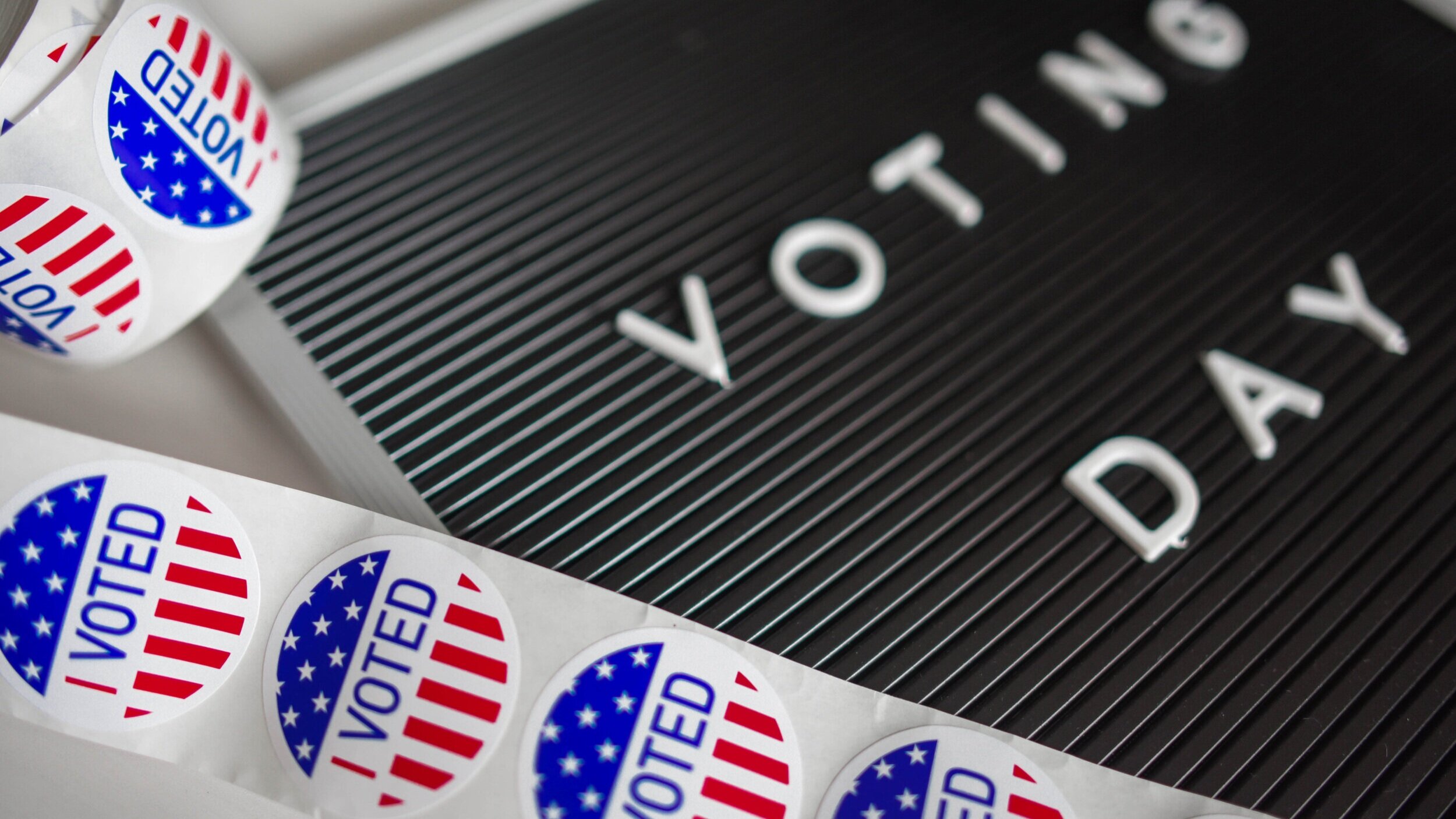Television Advertising Challenges in an Election Year
2.3.20 | Ann Bremer
Iowa’s first-in-the-nation caucus today (February 3rd) will likely set the tone for the rest of the 2020 Democratic presidential primaries. While the political science minor in me would love to write a blog about the pros and cons of caucuses versus primaries, the marketing major in me is going to focus on media. Let’s look at the role that linear (broadcast or over-the-air) TV advertising plays in political elections and how to work around the increased pressure on inventory that major political elections present.
I would argue that digital advertising is about reaching a prospective voter one-on-one and certainly a less expensive way to test campaign platforms and creative executions; however, TV advertising offers a better and more cost-efficient way to bring that messaging to a widespread, mass-reach audience.
This year’s presidential election is expected to break all records for political media spending. Candidates with access to billions of their own dollars alongside those with a plethora of supporters willing to donate has intensified this year’s election and spending power of both candidates themselves and third-party entities (specifically political action committees).
Local broadcast stations and cable TV vendors are expected to get $4 billion from political campaigns in 2020, while digital media, including over-the-top television (OTT), will take $1.5 billion, less than 25% of all paid media budgets, according to BIA Advisory Services “US Local Advertising Forecast 2020.” And since political candidates get required protections for advertising space, this affects cost and availability for the rest of the advertisers in a market.
Politico recently reported that the “Bloomberg Effect” has already increased political TV ad prices by 20%. In just eight weeks, Michael Bloomberg alone has spent more money on television advertising - $248 million - than most candidates would spend in years. And he isn’t alone- California’s Tom Steyer has spent more than $100 million since he announced his candidacy last summer. This has created increased demand on inventory in nearly every state, but especially those swing states and early primary dates. Additionally, both Bloomberg and Donald Trump’s campaigns reserved Super Bowl ad time valued at $10 million each. Planning for these huge disruptions to local television markets is crucial. Media companies will be managing their inventory in order to best optimize their revenue, as they rely heavily on political advertising dollars to boost profits.
At Inline, we work with our clients to formulate plans to manage the impact political advertising has on the media marketplace. We work well in advance of the political advertising season to develop strategies that allow our clients to minimize the impact of increased demand and pricing of television inventory.
Interested in more strategies we employ at Inline Media during political years? Want to discuss further? Reach out to us!
Sources:
[1] https://chart-na1.emarketer.com/232665/us-local-political-ad-spending-by-media-2020-billions-of-total
[2] https://www.politico.com/news/2020/01/20/bloomberg-ad-campaign-hikes-tv-prices-100572
[3] https://www.nytimes.com/2020/01/07/us/politics/bloomberg-trump-super-bowl-ad.html


